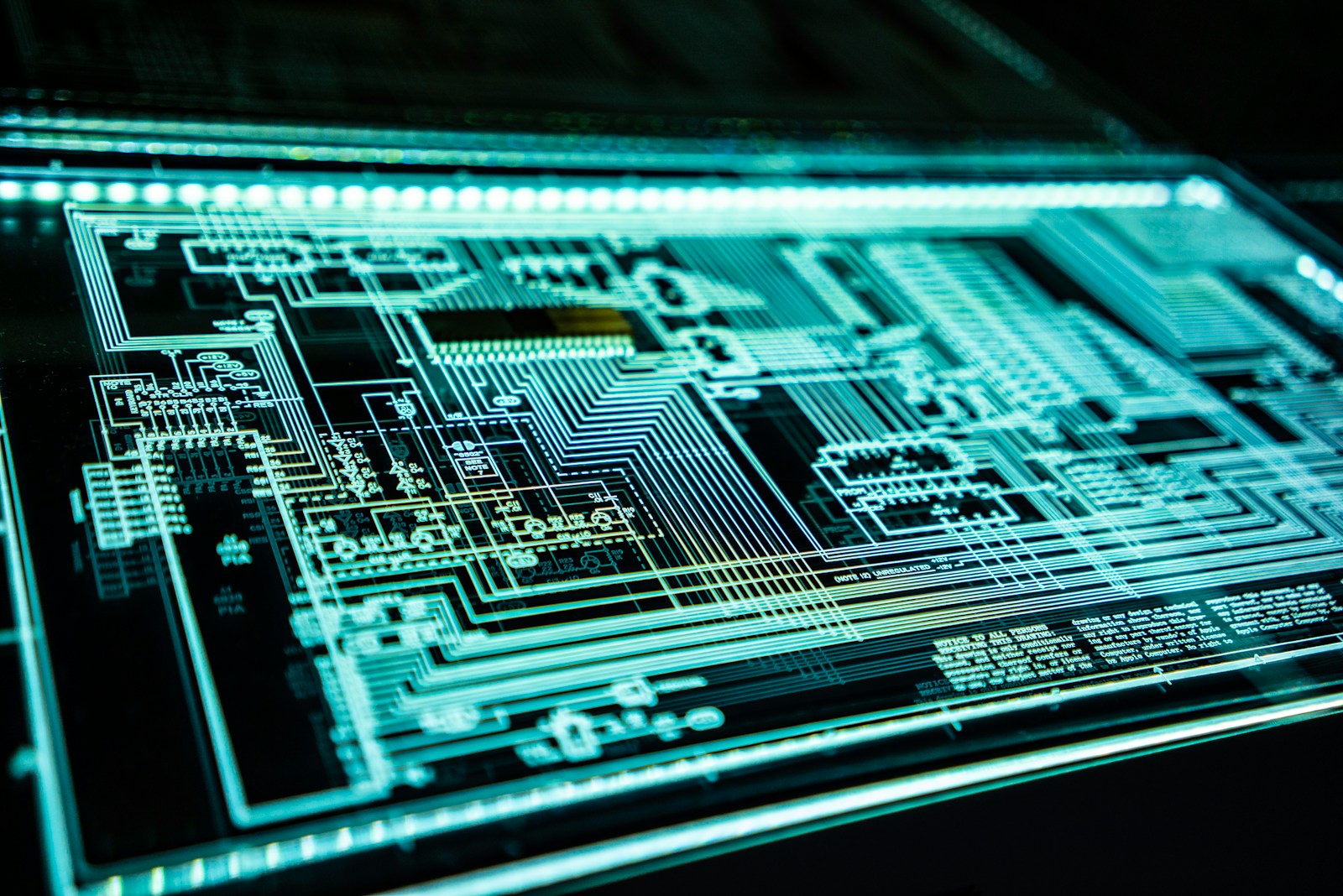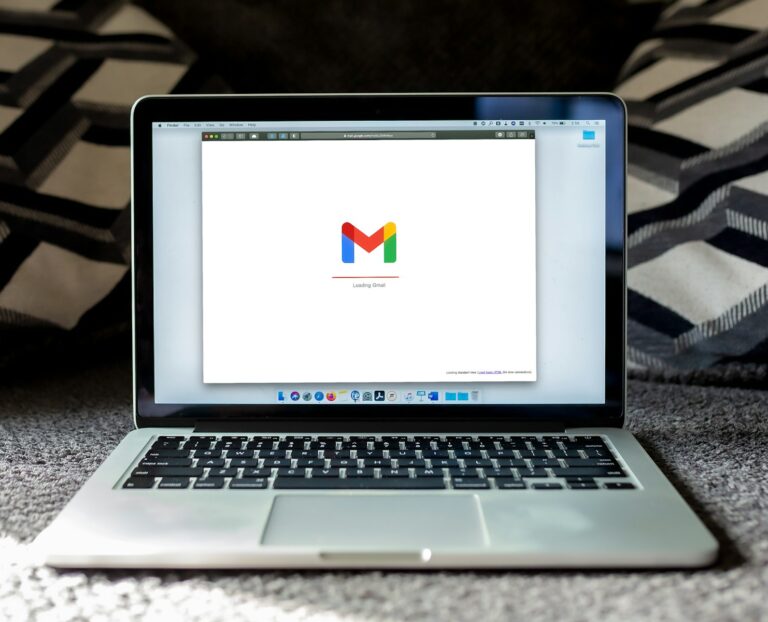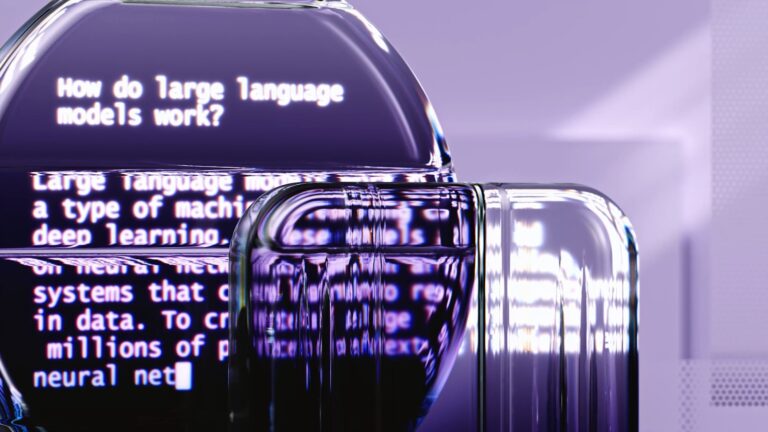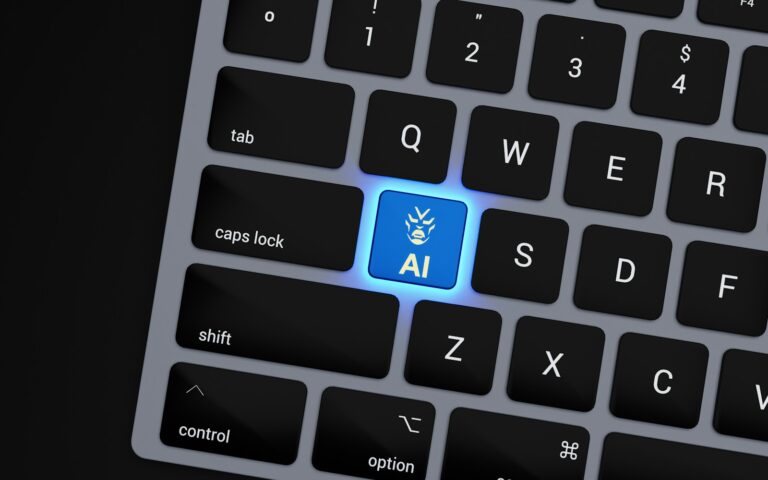The Rise of AI in Creative Fields
In 2022, an AI-generated artwork won first place at the Colorado State Fair’s digital arts competition. This single event sparked a heated debate—are machines encroaching on human creativity? Can algorithms replace artists, writers, musicians, and designers?
Artificial intelligence is revolutionizing creative industries, from writing to design, music to filmmaking. Tools like ChatGPT, MidJourney, and DeepMind’s AlphaCode are proving that AI can generate stories, compose symphonies, and even paint stunning visuals. But does this mean human creativity is at risk of becoming obsolete?
Understanding Creativity: Human vs. Machine
Creativity is not just about producing content—it’s about emotion, experience, and originality. While AI can generate content based on patterns and data, human creativity stems from personal experiences, emotions, and cultural influences. This fundamental difference is what sets us apart.
How AI Mimics Creativity
AI creativity works by analyzing vast amounts of existing data, identifying patterns, and producing outputs based on that learning. For example, GPT-4 can write a poem in the style of Shakespeare by analyzing countless historical texts. Similarly, MidJourney can create paintings by blending artistic styles from thousands of existing artworks.
| AI can generate content that mimics human creativity, but it lacks originality and emotional depth. |
AI’s ability to generate content is impressive, but it remains reactive rather than truly innovative. It cannot experience joy, heartbreak, or nostalgia—the core elements that inspire human creativity.
The Limitations of AI Creativity
Despite its advancements, AI has significant limitations when it comes to true creativity:
- Lack of Emotional Depth: AI does not have personal experiences or emotions, making it difficult to create work that resonates deeply.
- Dependence on Data: AI-generated art, music, and writing rely on pre-existing content, limiting originality.
- No Self-Reflection: Unlike humans, AI cannot critique or evolve its work based on intuition or personal growth.
Real-World Examples: AI in Creative Professions
AI in Writing: The Rise of AI Content Generators
AI-generated content is booming. Businesses use AI tools like Jasper and ChatGPT to produce blogs, social media captions, and ad copies. However, while AI can generate readable text, it often lacks the nuance, humor, and cultural context of human writing.
Case Study: The Guardian published an article entirely written by GPT-3. While grammatically correct, the article lacked depth, emotion, and a compelling voice—highlighting AI’s struggles with original thought.
| AI can assist writers, but storytelling, humor, and emotional depth remain human strengths. |
AI in Art: From Digital Paintings to AI-Generated Films
AI art tools like DALL·E and MidJourney have stunned the world with their ability to create breathtaking images. In the film industry, AI is even being used to de-age actors, enhance visual effects, and generate storyboards.
However, while AI can replicate artistic styles, it lacks an artist’s vision, intent, and deeper meaning. Artists create from experience and cultural context—AI, on the other hand, remixes past work.
Example: When AI-generated artwork won a digital art competition, many artists argued that the technology was simply repurposing existing styles rather than creating something truly original.
AI in Music: Composing Without Emotion
AI has also made its way into music composition. Tools like AIVA and Amper Music generate background scores for films and commercials. AI can compose music by analyzing classical compositions and modern beats.
| AI-generated music can be technically perfect but often lacks the soul and spontaneity of human compositions. |
Famous artists like David Bowie and The Beatles created music that was deeply personal and reflective of cultural movements. AI lacks this ability to innovate beyond pre-existing trends.
The Future: Collaboration, Not Replacement
While AI is reshaping creative industries, it is unlikely to replace human creativity entirely. Instead, the future lies in collaboration. AI can act as an assistant, enhancing human work rather than replacing it.
How AI and Humans Can Work Together
- AI as a Creative Assistant: Writers can use AI for brainstorming ideas, while artists can generate references and concepts.
- Speed and Efficiency: AI can automate repetitive tasks, allowing creatives to focus on deeper artistic expression.
- Enhancing Innovation: AI-generated suggestions can inspire new ideas that humans refine and personalize.
Quote: “AI will not replace artists, but artists who use AI will replace those who don’t.” – [AI and Creativity Research Paper, MIT]
Final Thoughts: Creativity Remains Human
AI is a powerful tool, but creativity is more than just assembling words, images, or sounds—it’s about emotion, vision, and storytelling. While AI can mimic creativity, it cannot replace the unique human touch that gives art its meaning.
| The essence of creativity lies in human experiences, emotions, and cultural influences—something AI can never fully replicate. |
Instead of fearing AI, creatives should embrace it as a tool that enhances their work, allowing them to push artistic boundaries further than ever before. The future is not AI versus human creativity—it’s AI and human creativity working hand in hand.
What Do You Think?
Do you believe AI will ever fully replace human creativity? Share your thoughts in the comments below!



